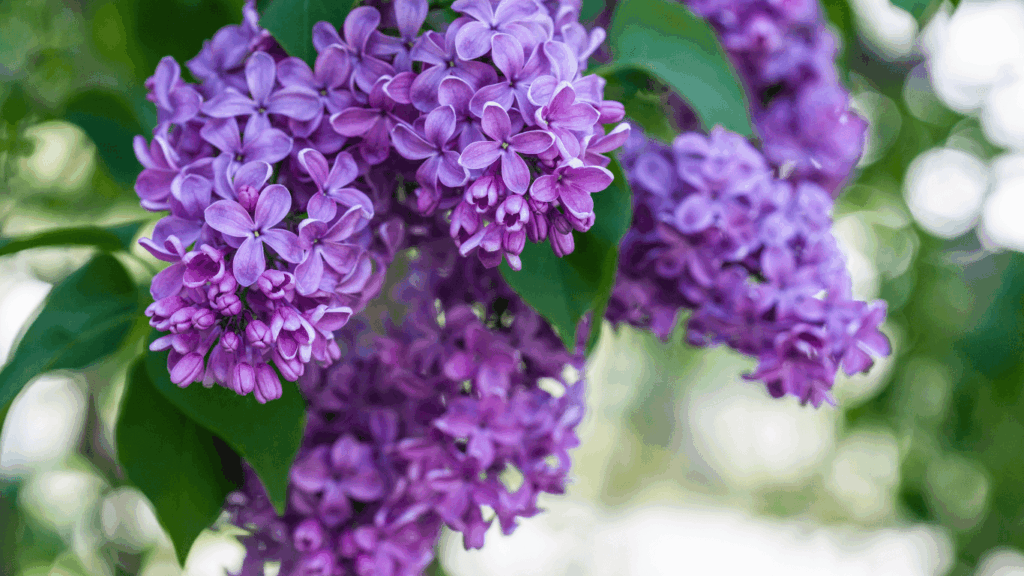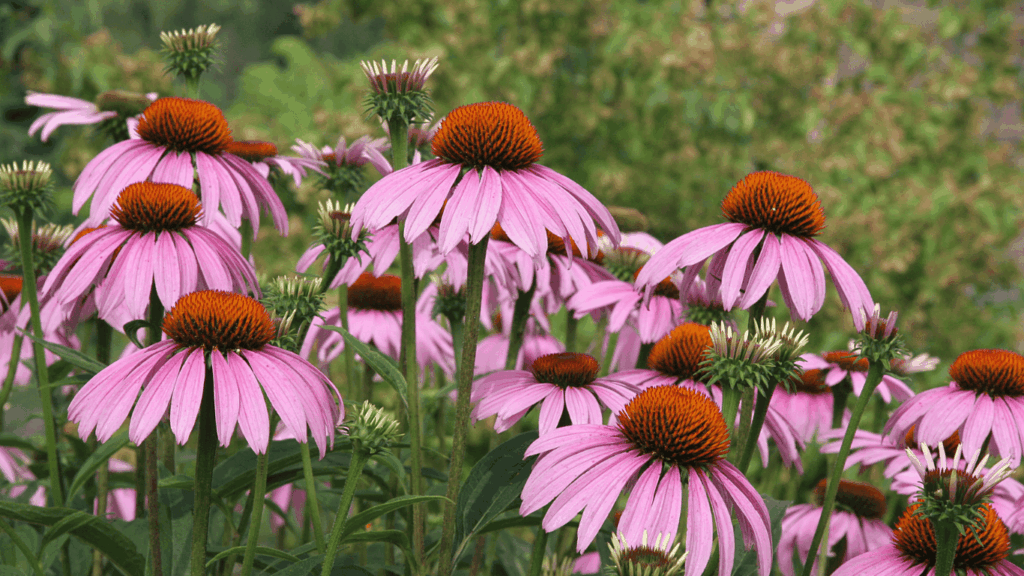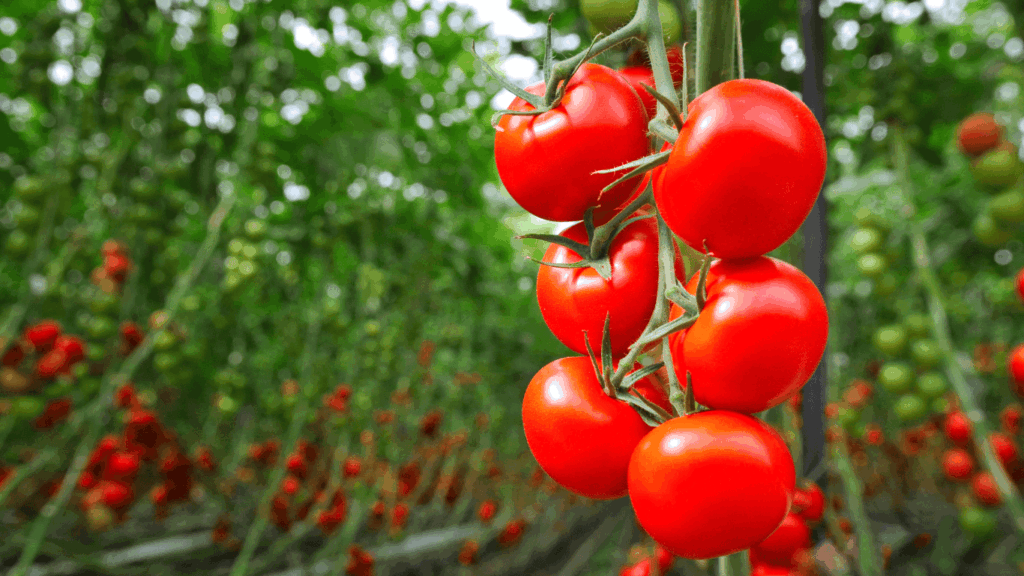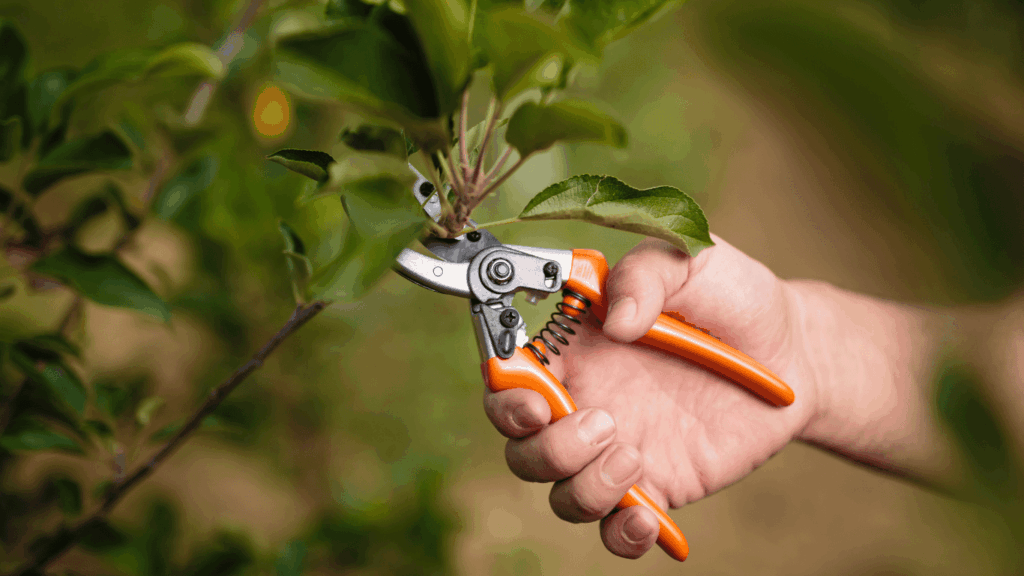As we move into June, it’s the perfect time to get out your pruning shears and tidy up your garden. The phrase “June rhymes with prune” is a great reminder for gardeners to focus on pruning certain plants during this early summer month. Pruning at the right time ensures a healthy, productive garden and encourages more vibrant growth. Here’s everything you need to know about pruning your plants and shrubs in June.
When and What to Prune in June
A helpful rule of thumb when it comes to pruning is: if it flowers in the spring, prune it right after it flowers in early summer. This ensures the plant has enough time to recover and puts its energy into creating fresh new growth.
Plants such as Lilacs, Azaleas, and other spring bloomers should be pruned right after they finish blooming to encourage new buds and prevent them from becoming too leggy. Removing a portion of the stems during this time allows the plant to branch out and produce more flowers in the long run.
Additionally, upright flowering perennials can be pruned now to keep them from becoming too tall and leggy. By cutting back one-third of the plant’s height, you’ll encourage better branching and more blooms. However, keep in mind that pruning at this time can slightly delay flowering, but it will ultimately lead to a fuller, bushier plant.
As a general guideline, evergreens are safe to prune in June for shaping, or to remove dying branches and new growth.

Pruning Shrubs in Early Summer
Here are some shrubs that benefit from pruning in early summer:
- Lilacs
- Azaleas
- Forsythia
- Japanese Kerria
- Weigela
- Deutzia
- Mockorange
- St. John’s Wort
- Viburnums
- Ninebark
- Redtwig Dogwood
- Yellowtwig Dogwood
By cutting back these shrubs, you’ll not only keep them neat and attractive but also promote stronger growth for next season’s blooms.

Pruning Perennials in Early Summer
Certain perennials benefit from pruning in June as well. Pruning these plants now encourages healthy growth and a more vibrant display of flowers later in the season. Here’s a list of perennials to prune:
- Joe-Pye Weed
- Tall Coneflower
- Bee Balm
- Catmint
- Coreopsis
- Tall Stonecrop
- Yarrow
- Balloon Flower
- Culver’s Root
- Veronica
- Russian Sage
- Salvia
- Asters
- Garden Mums
- Garden Phlox
Pruning these plants not only helps improve their shape but also promotes better flowering throughout the summer.

Pruning Edible Plants
If you have a herb or vegetable garden, early summer is also a great time to prune edibles like:
- Chives
- Cilantro
- Basil
- Thyme
- Tomatoes
For herbs like basil and cilantro, regular pruning helps promote fresh growth and keeps the plants from bolting (going to seed) too early in the season. For tomatoes, pinch off any dead or excess stems to encourage better airflow and fruit production.
Pruning Tips for Success
- Prune Early in the Day: It’s best to prune your plants during the cooler parts of the day to reduce stress on the plant.
- Sharp Tools Are a Must: Always use sharp, clean pruning tools to avoid damaging your plants. Clean your tools between species to prevent spreading disease and pests.
- Avoid Hot, Dry Days: It’s important not to prune during hot, dry spells, as this can stress the plants and hinder growth.
- Don’t Prune Too Late: Avoid pruning early flowering plants after July 4th (other than deadheading), as they may not have enough time to recover before the next growing season.
Conclusion: Prune for a Healthier Garden
June is the perfect time to get your garden in shape by pruning shrubs, perennials, and edibles. Not only will this help your plants look their best, but it will also encourage new growth and a better flowering season. Keep in mind which plants benefit from early summer pruning and which should be left alone for later in the year.
If you’re unsure about the right way to prune or need assistance with your garden, don’t hesitate to contact Blue Sparrow Lawn & Landscape. We’re here to help you maintain a beautiful, thriving landscape year-round!

